Berlin, Germany’s history of urban development is a fascinating and complex journey that has been shaped by a series of historical events, political changes, and architectural influences. Here is a brief description of the key phases in Berlin’s urban development:
- Medieval Origins: Berlin’s history can be traced back to the 13th century when it was founded as a trading post on the banks of the River Spree. The city grew slowly during the Middle Ages and was characterized by its defensive walls and narrow streets.
- Prussian Capital: In the 18th century, Berlin became the capital of the Kingdom of Prussia under the rule of Frederick the Great. This era saw significant urban development with the construction of grand boulevards, palaces, and public buildings, including the Brandenburg Gate and Unter den Linden avenue.
- Industrialization: The 19th century brought rapid industrialization to Berlin. This period was marked by the expansion of the city, as well as the construction of railroads and factories. The population grew significantly, and new neighborhoods and housing developments emerged.
- Imperial Berlin: At the end of the 19th century, Berlin became the capital of the German Empire. The city experienced a building boom, with impressive architectural landmarks such as the Reichstag building and the Berliner Dom (Berlin Cathedral). The city’s infrastructure also improved, with the introduction of a modern sewer system and an electric tram network.
- Weimar Republic and Interwar Period: After World War I, Berlin became known for its cultural and artistic innovation. The 1920s saw the construction of the famous Bauhaus School and the development of modernist housing estates like the Weissenhofsiedlung. However, the economic challenges of the Weimar Republic and the rise of the Nazi regime brought political and social upheaval.
- World War II and Division: During World War II, Berlin suffered extensive damage from Allied bombing raids. After the war, the city was divided into East and West Berlin, with the Berlin Wall erected in 1961, separating the two parts of the city. East Berlin underwent socialist urban planning, emphasizing large-scale housing developments, while West Berlin developed as a democratic and capitalist enclave within East Germany.
- Reunification and Post-Cold War Era: The fall of the Berlin Wall in 1989 led to the reunification of the city and the country in 1990. This period saw significant changes, with the revitalization and reconstruction of many areas in the former East Berlin, including the renovation of iconic buildings like the Reichstag. Berlin’s unique blend of historic and modern architecture, as well as its vibrant cultural scene, became a hallmark of the city.
- 21st Century: Berlin has continued to evolve in the 21st century, with ongoing urban development projects, such as the revitalization of the Potsdamer Platz and the creation of the government district around the Reichstag. The city has also become a hub for creative industries and technology startups, attracting a diverse and international population.
Berlin’s history of urban development reflects the city’s resilience and adaptability, as it has overcome the challenges of war, division, and reunification to become a thriving metropolis known for its rich cultural heritage and dynamic contemporary lifestyle.

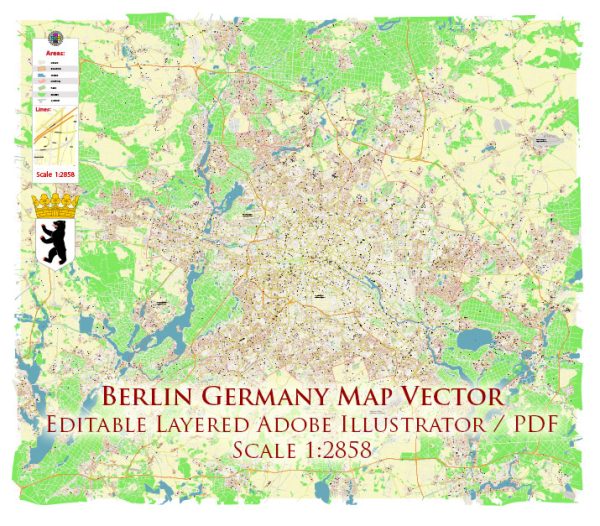
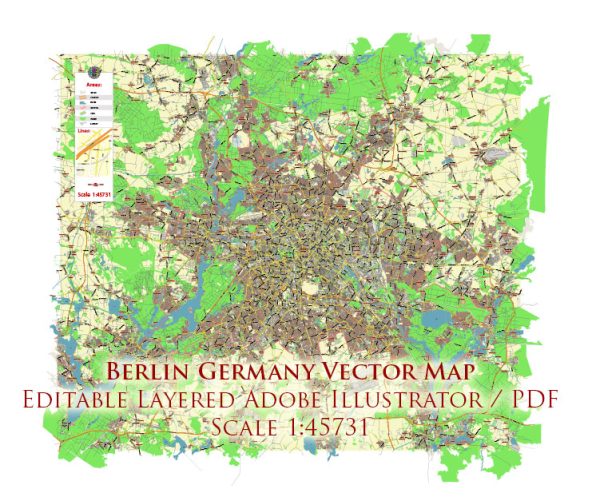
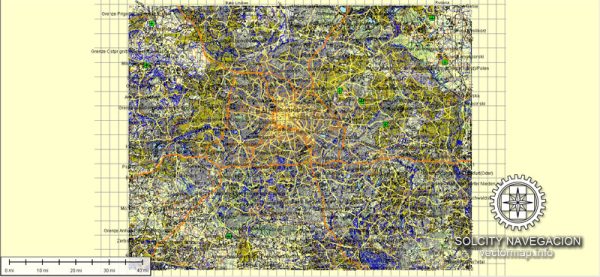
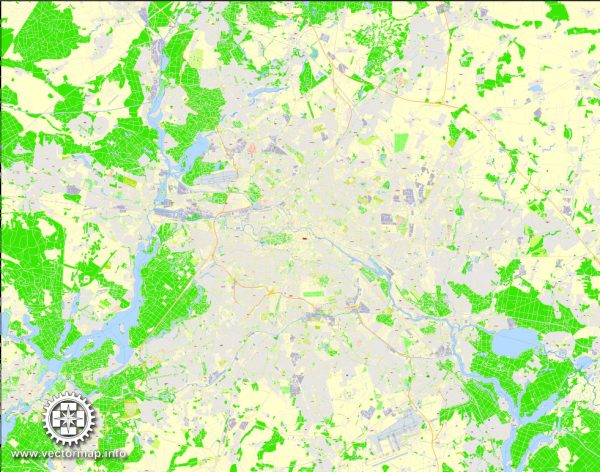
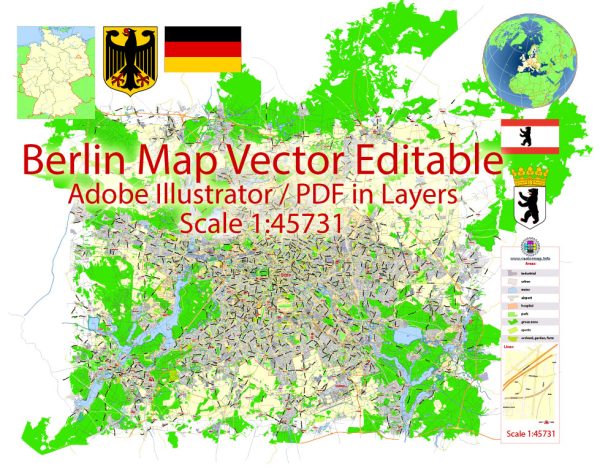
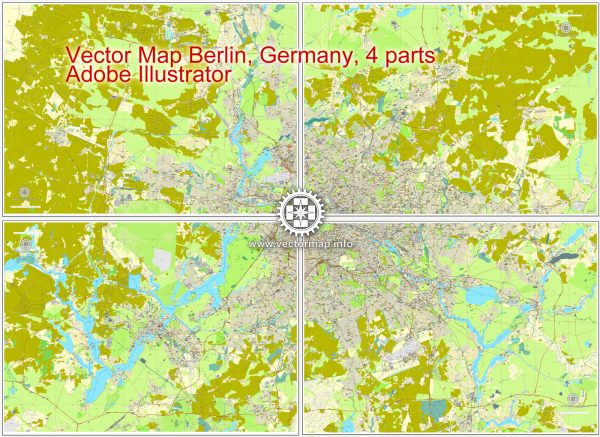
 Author: Kirill Shrayber, Ph.D.
Author: Kirill Shrayber, Ph.D.